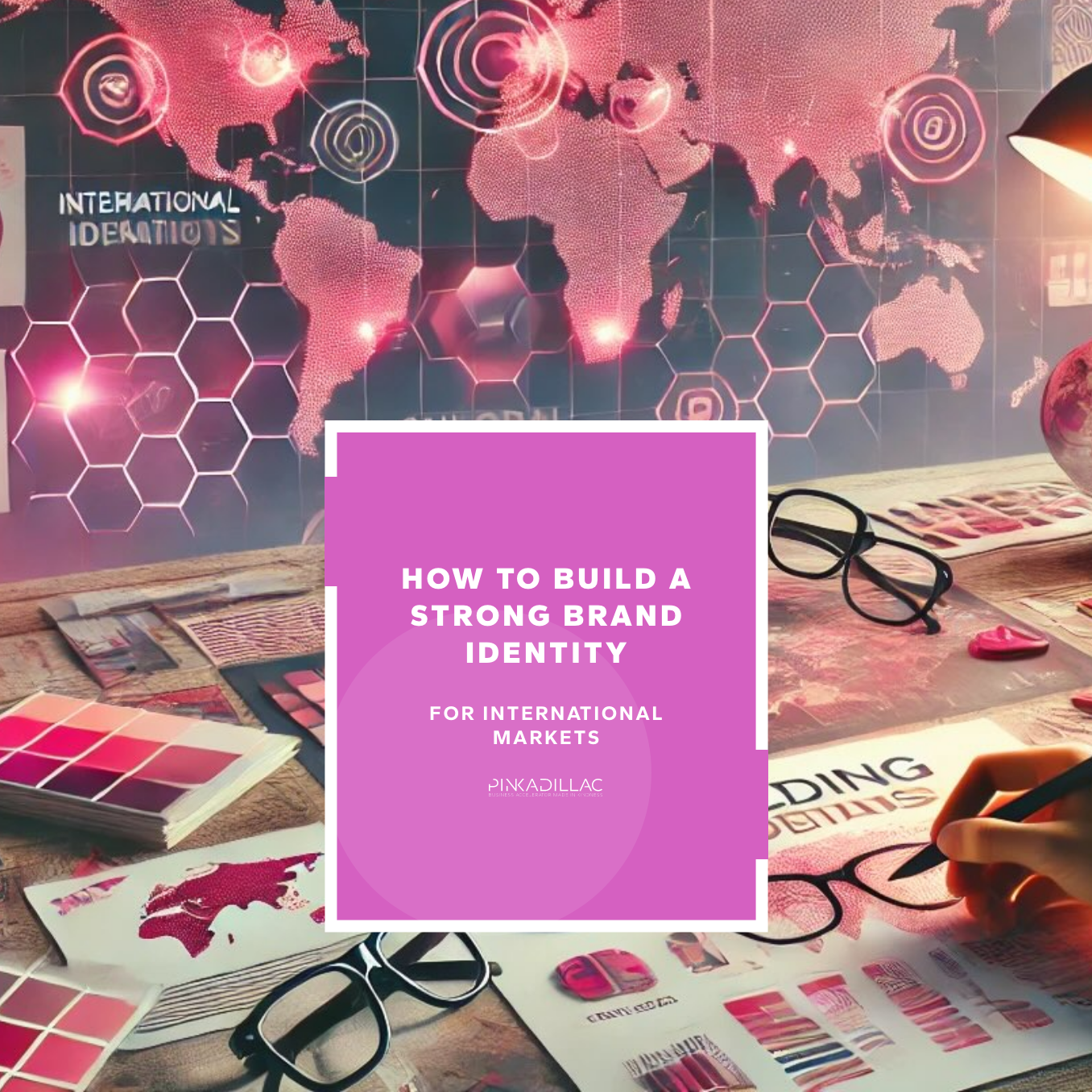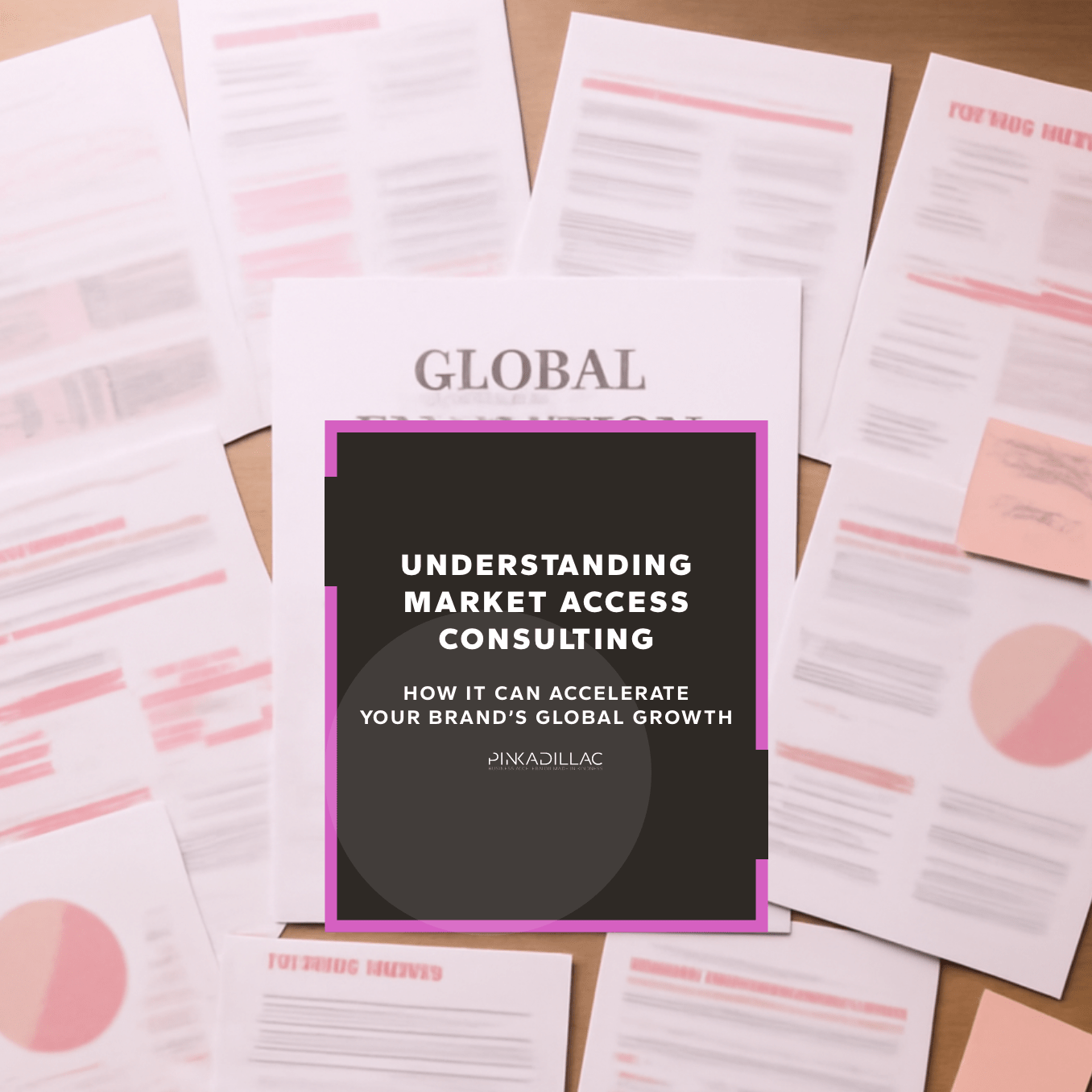
How to build a strong brand identity for international markets
- ●Why brand identity is key to international success
- ●Steps to build a strong brand identity
- ●1: Define your purpose, mission, and values
- ●2: Understand your global audience
- ●3: Design visual elements that transcend borders
- ●4: Develop storytelling that connects with different cultures
- ●5: Build a multichannel communication strategy
- ●6: Measure and adjust your brand strategy in real time
- ●The value of a strong brand identity in international markets
In an increasingly competitive global environment, creating a consistent, adaptable, and meaningful identity can make the difference between success and failure.
This article outlines the key steps to develop an effective brand identity that resonates with diverse audiences while remaining consistent across regions.
Why brand identity is key to international success
Brand identity encompasses all visual, narrative, and strategic elements that define how a company is perceived. In international markets, a strong brand identity not only helps you stand out from the competition but also builds trust and recognition among global consumers
Expanding into new markets means navigating cultural, linguistic, and consumer preference differences. Maintaining consistency while adapting to these particularities is one of the greatest challenges for global brands.
Steps to build a strong brand identity
1: Define your purpose, mission, and values
Your mission should be clear and universal, reflecting a purpose that transcends borders. For example, a brand committed to sustainability can highlight its global environmental commitment while adapting it to local concerns in each region.
Values like honesty, inclusion, or innovation are applicable in any market. Ensure that your values are authentic and reflected in all your actions, from product design to marketing campaigns.
2: Understand your global audience
Before launching your brand in a new market, conduct thorough research on local consumers. What colors and symbols do they prefer? What values do they appreciate most? These insights are crucial for adapting your brand identity.
For instance, a luxury brand might use an aspirational tone in Europe, while in Asian markets, it might emphasize exclusivity. Your tone should resonate with each region’s cultural expectations without losing the essence of your brand.
3: Design visual elements that transcend borders
Your logo should be simple, memorable, and flexible for different applications. Choose a color palette that is culturally neutral or can adapt without losing its identity.
While maintaining a consistent visual identity, consider incorporating local elements into your designs. For example, launching limited-edition products with patterns or colors inspired by local culture can strengthen your connection with the audience.
4: Develop storytelling that connects with different cultures
Storytelling is a powerful tool for creating emotional connections with your audience. Ensure your brand’s values and purpose are clear, but adapt the narrative details to reflect local realities and aspirations.
Brands like Ray-Ban have built an iconic narrative around freedom and authenticity, connecting with global audiences. However, in Europe, they adapt their campaigns to highlight sophistication and personal style, collaborating with local artists and designers to reflect regional culture and create genuine relevance.
5: Build a multichannel communication strategy
Each market uses different platforms and communication formats. In China, for instance, having a presence on WeChat is essential, while in Europe, Instagram might be more effective. Your strategy must adapt to these particularities.
Using translation and localization management systems ensures that your messages are culturally appropriate and linguistically accurate, maintaining consistency across all languages.
6: Measure and adjust your brand strategy in real time
Define key indicators such as brand recognition, consumer perception, and social media engagement. These metrics will help you evaluate the effectiveness of your brand identity in different markets.
Establish channels to receive consumer feedback, such as surveys or social media analysis. This feedback will allow you to adjust your strategy and maintain relevance in changing markets.
The value of a strong brand identity in international markets
A strong brand identity is an invaluable asset for companies looking to expand globally. By following these steps, you can build an identity that is consistent, adaptable, and relevant to international audiences. Remember that success lies in finding the balance between maintaining your brand’s essence and adapting to local particularities.
Looking for a partner to help expand your brand and build a strong identity for international markets? Contact us, and let’s work together to ensure your expansion is a success.



